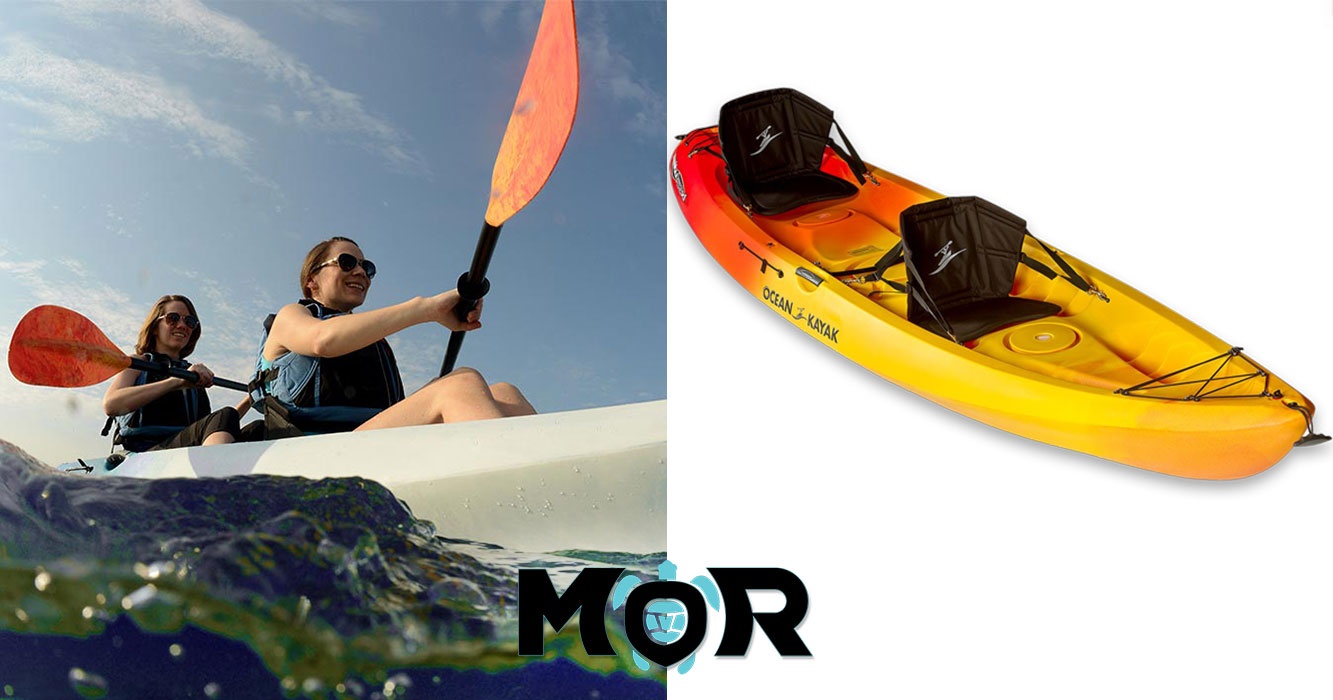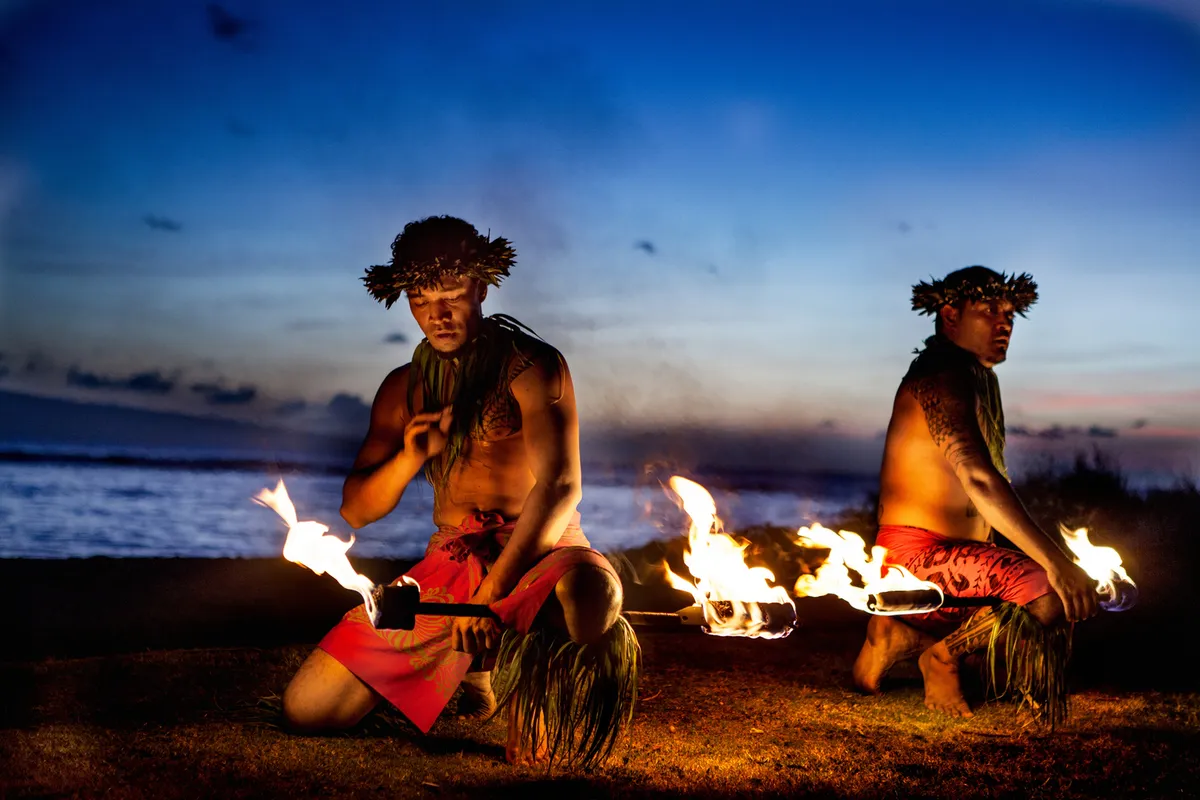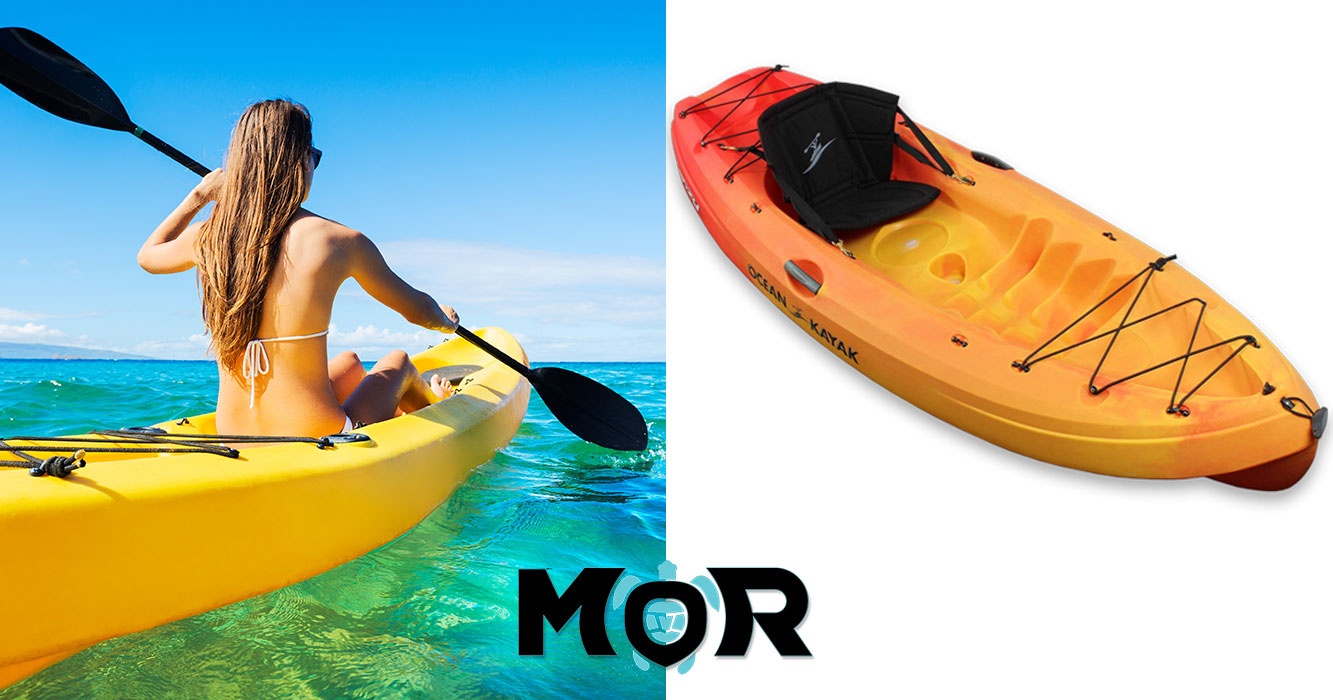

Ke Ea Hawaiʻi
The Sovereignty of a Culture
The cultural practices we have explored—the worldview, the land management, the living arts—are not static traditions preserved under glass. They are dynamic, resilient forces that are actively shaping the present and future of Hawaiʻi. They are the roots of Ke Ea Hawaiʻi, a phrase that means both "the sovereignty of Hawaiʻi" and "the life and breath of Hawaiʻi." This section explores how the fight to preserve our culture is inextricably linked to the fight for our self-determination as a people.
E Ola ka ʻŌlelo Hawaiʻi: The Language Breathes
There is no more powerful story of cultural resilience in Hawaiʻi than the revitalization of our language. After the illegal overthrow of our kingdom, the new American-led government passed a law in 1896 banning the Hawaiian language (ʻōlelo Hawaiʻi) as a medium of instruction in all schools. Children were punished for speaking their mother tongue. This act, combined with the pressures of assimilation, was devastating. Within a few generations, our language was pushed to the brink of extinction.
By the early 1980s, fewer than 2,000 fluent speakers remained, most of them elderly kūpuna on the isolated island of Niʻihau. It was estimated that only about 32 children under the age of 18 could speak Hawaiian fluently.
Faced with the imminent death of our language, a small group of passionate educators and cultural leaders decided to act. In 1983, they formed the ʻAha Pūnana Leo, which translates to "the nest of voices."
Their mission was radical and urgent: to create a new generation of native speakers from birth. Inspired by the Kōhanga Reo movement that was revitalizing the Māori language in Aotearoa (New Zealand), they founded the first Pūnana Leo preschools—total language immersion environments where keiki would be "fed" their native language exclusively.
Their first school, opened in Kekaha, Kauaʻi, in 1984, was technically illegal. To speak with one of the founders, like Dr. Larry Kimura or Dr. William "Pila" Wilson of the University of Hawaiʻi at Hilo, is to hear a firsthand account of this incredible struggle. They, along with other pioneers like Dr. Kauanoe Kamanā, faced immense legal and political barriers. They lobbied the legislature for years, and as their children grew, they boycotted the public school system at each level, creating their own immersion kindergartens and elementary schools until the state was forced to respond. Finally, in 1986, the 90-year ban on Hawaiian language instruction was officially lifted.
🌱 Language Revival Success

The success of this grassroots movement has been nothing short of miraculous. From a handful of child speakers in the 1980s, there are now an estimated 24,000 fluent speakers of ʻōlelo Hawaiʻi, and the number is growing. There is now a complete P-20 educational system in the Hawaiian language, from the Pūnana Leo preschools to K-12 immersion schools (kula kaiapuni) and even doctoral programs at the university level. The Pūnana Leo model has become a blueprint for indigenous language revitalization efforts around the world. This story is a powerful testament to the fact that cultural loss is not inevitable. It proves that with unwavering dedication, a community can reverse the damage of history and reclaim the voice of its ancestors.
Authentic Cultural Events
To experience the living culture, one must go where the community gathers. While the large, well-marketed festivals have their place, the true spirit of our traditions often shines brightest at smaller, community-focused events. These are opportunities to witness authentic ceremony and celebration, far from the commercial stage.
🌺 Eō e ʻEmalani i Alakaʻi
Location: Kōkeʻe State Park, Kauaʻi
Commemorates Queen Emma's 1871 journey into Alakaʻi swamp. Features pageantry, hula hālau offerings, and authentic cultural sharing in a stunning mountain setting.
🏆 Makahiki Celebrations
Location: Various islands (Waimea Valley, Oʻahu)
Ancient Hawaiian new year season honoring Lono. Features traditional games (ʻulu maika, ʻōʻō ihe), hoʻokupu offerings, and community celebration.
👑 Prince Kūhiō Day
Location: Molokaʻi (particularly meaningful)
Honors the "Citizen Prince" who authored the Hawaiian Homes Commission Act. Features moʻolelo, mele, and hula celebrating his legacy in connecting Hawaiians to their lands.
🎭 Community Pāʻina
Location: Neighborhood gatherings
Authentic lūʻau experience focused on ʻohana and laulima. Food sharing, storytelling, music, and genuine community bonding away from commercial venues.
The Unbroken Thread: Sovereignty and Lūʻau
The modern Hawaiian sovereignty movement is the political embodiment of aloha ʻāina. It is the collective voice of a people striving for self-determination, demanding justice for the historical trauma of the 1893 overthrow, and resisting the ongoing pressures of militarization and development that threaten our culture and our home. This movement is not a fringe element. It is a deep-seated desire, as one activist put it, "to be Hawaiians again."
This desire for authentic connection brings us to one of the most visible, yet often misunderstood, symbols of Hawaiian culture: the lūʻau. The high-volume search for lūʻau cultural significance speaks to a genuine curiosity, but what is often found is a commercialized caricature. The typical hotel lūʻau, with its fire dancers (a Samoan tradition, not Hawaiian) and buffet line, bears little resemblance to the authentic practice of gathering to feast.
The true cultural significance of a lūʻau is found in the small, informal neighborhood gatherings known as a pāʻina or a community potluck. Here, the core values are not entertainment and spectacle, but ʻohana and laulima (many hands working together).
Food is a celebration of abundance, a form of hoʻokupu shared among the community. The purpose is to strengthen the bonds of family and friendship, to share stories, to play music, and to simply be together. This is the real lūʻau: a simple, heartfelt expression of community. To understand this distinction is to understand the difference between consuming a culture and participating in it.
Your Kuleana: How to Visit with Aloha
Our huakaʻi has taken us from the foundational stories of our creation to the modern-day struggles and triumphs of our people. We have seen that Hawaiian culture is not a monolith, but a rich, complex, and growing tapestry woven from threads of deep spirituality, sophisticated ecological knowledge, and fierce resilience. To witness this is a privilege, and with that privilege comes kuleana—a responsibility.
As a visitor to these islands, you too have a kuleana to be a steward of this place and its culture. To truly experience Hawaiʻi is to move beyond being a tourist and become a mindful guest. Here is how you can visit with aloha.
These guidelines are not a checklist to be completed, but a mindset to be adopted. They are synthesized from the wisdom of our kūpuna and the guidance of contemporary cultural leaders, designed to help you form a respectful and reciprocal relationship with Hawaiʻi.
🙏 Acknowledge You Are a Guest
You are not visiting a theme park. You are a guest in someone's home with a living, breathing culture. Approach every interaction with humility, respect, and a genuine desire to learn.
🌺 Practice Protocol Before Place
Before you visit a wahi pana (a sacred or storied place)—whether it is a heiau (temple), a volcanic crater like Haleakalā, or even a specific beach—take a moment for noi. This is the practice of silently asking for permission to enter. State your name, where you are from, and your peaceful intentions. Give thanks for the privilege of being there. While at the site, maintain a quiet reverence. Speak softly, or better yet, embrace silence so as not to disturb the harmony of the place.
🌿 Leave No Trace, Take Nothing
This principle extends beyond packing out your trash. It is a deep-seated cultural value. Do not move, stack, or alter rocks in any way. The modern practice of building rock stacks is foreign to our culture and desecrates the landscape. Do not take sand, lava rocks, or coral as souvenirs. A common misconception is that wrapping a rock in a ti leaf is a traditional offering. It is not, and when left behind, it alters the integrity of the site and becomes litter. The best offering you can give is your respect and your silent prayers.
💝 Give Back, Don't Just Take
Transform your visit from an act of consumption to one of contribution. Actively seek out and support local and Native Hawaiian-owned businesses, restaurants, and artists. Consider participating in a mālama ʻāina voluntourism project. Organizations across the islands offer opportunities for visitors to help with beach cleanups, native forest restoration, or the rebuilding of ancient fishponds. This is a powerful way to show your aloha ʻāina and leave Hawaiʻi better than you found it.
📚 Seek Authentic Education
Be a discerning consumer of cultural experiences. To avoid misrepresentations, educate yourself using trusted resources. The Native Hawaiian Hospitality Association (NaHHA) offers invaluable training materials, including their Maʻemaʻe Toolkit, a guide designed to ensure accurate and respectful portrayals of Hawaiʻi. Learn a few basic Hawaiian phrases, like Aloha and Mahalo, and make an effort to pronounce place names correctly. Choose tours and experiences that are owned and operated by Kānaka Maoli, who can share their culture from a place of authentic, lived experience.
👂 Listen More Than You Speak
The greatest gift you can receive is knowledge and aloha shared with you. The greatest gift you can give in return is your full, respectful attention. Listen to the stories, the land, the silence.
E hoʻi i ke kumu
Return to the source
This is not just an invitation to visit Hawaiʻi, but a call to reconnect with the deeper currents that flow beneath the surface of any place we call home. For in understanding the relationship between a people and their land, between past and present, between the individual and the collective, we learn something fundamental about what it means to belong.
The pahu drum still beats in the valleys of these islands. Its rhythm calls us to remember who we are and where we come from. It invites us to step into relationship—with the land, with each other, and with the stories that make us whole. This is the true gift of Hawaiʻi: not the escape from the world, but the return to it, with eyes opened to its sacred nature and hearts committed to its care.
Aloha.
Explore the Complete Cultural Journey
Return to any part of this cultural guide to deepen your understanding.
📖 Cultural Guide Series
Aloha ʻāina, ʻohana, kapu
Part II: Ahupuaʻa SystemLand management wisdom
Part III: Living ArtsHula, kapa & healing
Current section
🌱 Language Revival
🤝 Mindful Visiting
- Support Native Hawaiian businesses
- Participate in mālama ʻāina projects
- Learn proper pronunciation
- Choose authentic cultural experiences
📋 Resources
Native Hawaiian Hospitality Association guidelines
Cultural accuracy training materials
Hawaiian language immersion schools
📧 Cultural Respect
Get updates on respectful cultural practices and authentic Hawaiian experiences.

